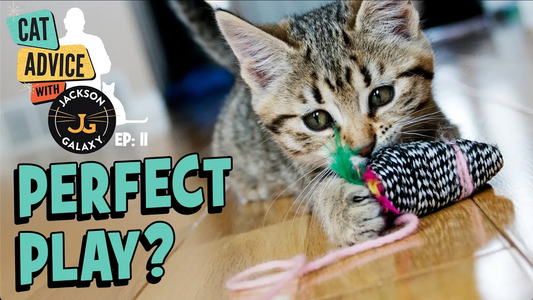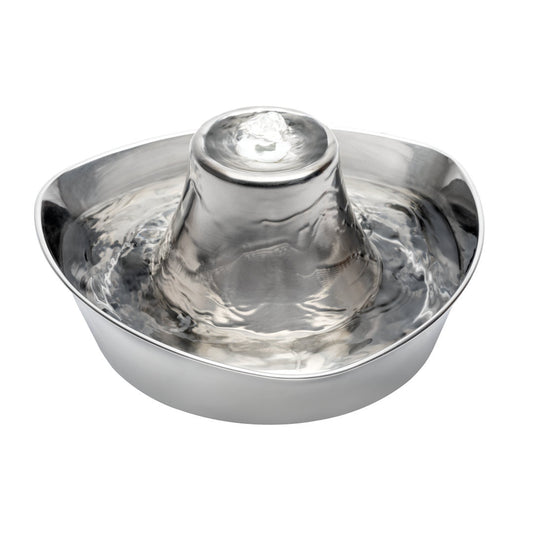Bio Appropriate Diet
Jackson’s all about optimizing your cat's health and happiness. Which is why we're presenting a blog series to get you and your cat off to a great start. Here are tips on what it means to feed your cat a bio-appropriate diet, and why you should do it.
Diet Tip #1: Feed Your Cats Meat!
Cats are obligate carnivores. “Obligate” means “by necessity.”
Cats NEED to eat meat. It’s a biological necessity for them. They actually require the nutrients that only a carnivorous diet can provide. So please, make sure to feed them meat.
Diet Tip #2: Don’t “Free Feed.”
Have discrete meal times. Do not leave food out. Cats are built to eat every five to six hours, not graze all day long. Put the food down, and then a half hour or 45 minutes later, pick it up again. This meal-time method helps improve their coat, body tone, weight, and even behavior. Why behavior? Because it follows the ancient cat’s pattern of “hunt, catch, kill & eat” (instead of eat, eat, eat) which helps bring out their ‘cat mojo’ and sense of well-being. It also gives you a way to motivate your cat with food if you’re trying to train them into or out of certain behaviors.
Diet Tip #3: Don’t Feed Dry Food.
Even if the dry kibble has meat in it, the process of heating that meat to turn it into a nugget of kibble drains away the great nutrients it in. And it also drains away the moisture content, which we also want. Stay away from dry kibble if you can.
Diet Tip #4: Raw Meat is Best.
Think about cats in the wild, they eat their meat raw. That’s why raw is best if you can get it, and if your cat will eat it.
For more information on raw meat diets, please see our blog post "How to Switch Your Cat to a Raw Meat Diet."











